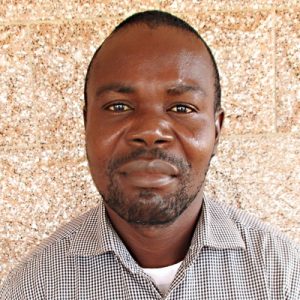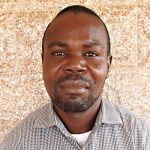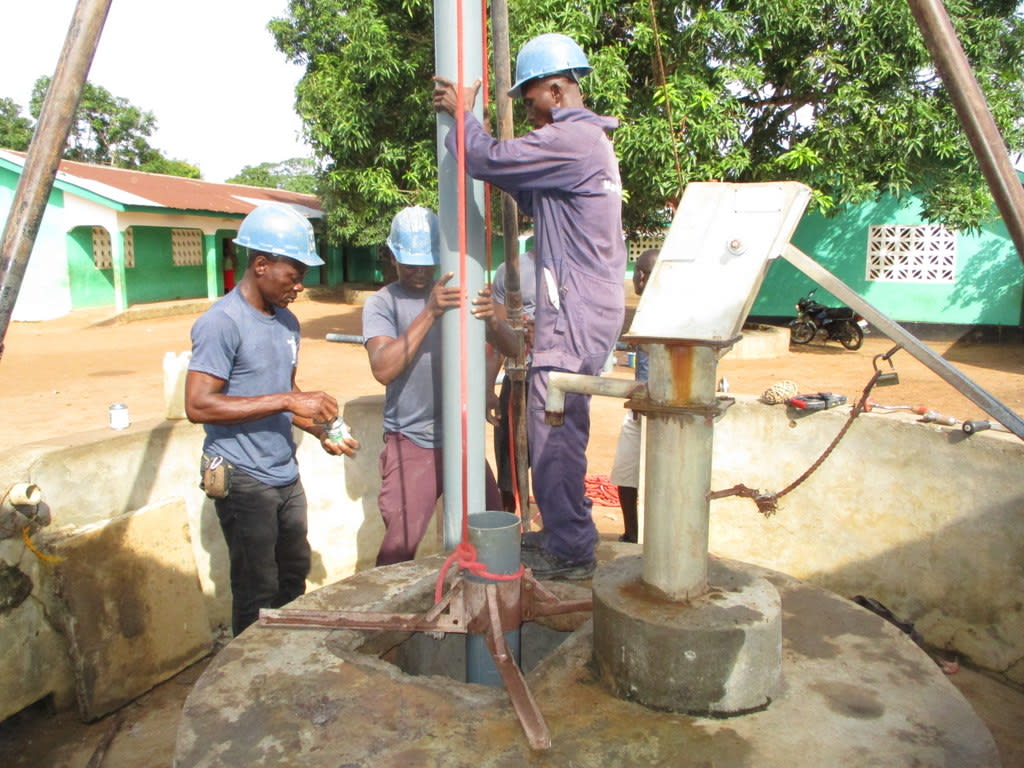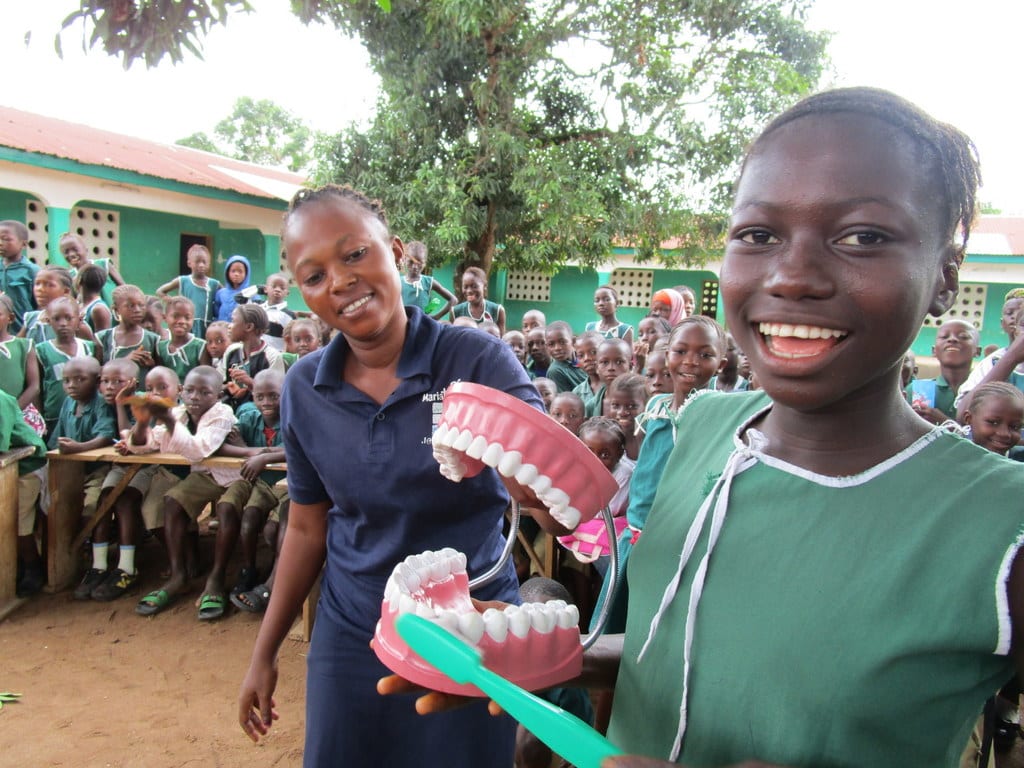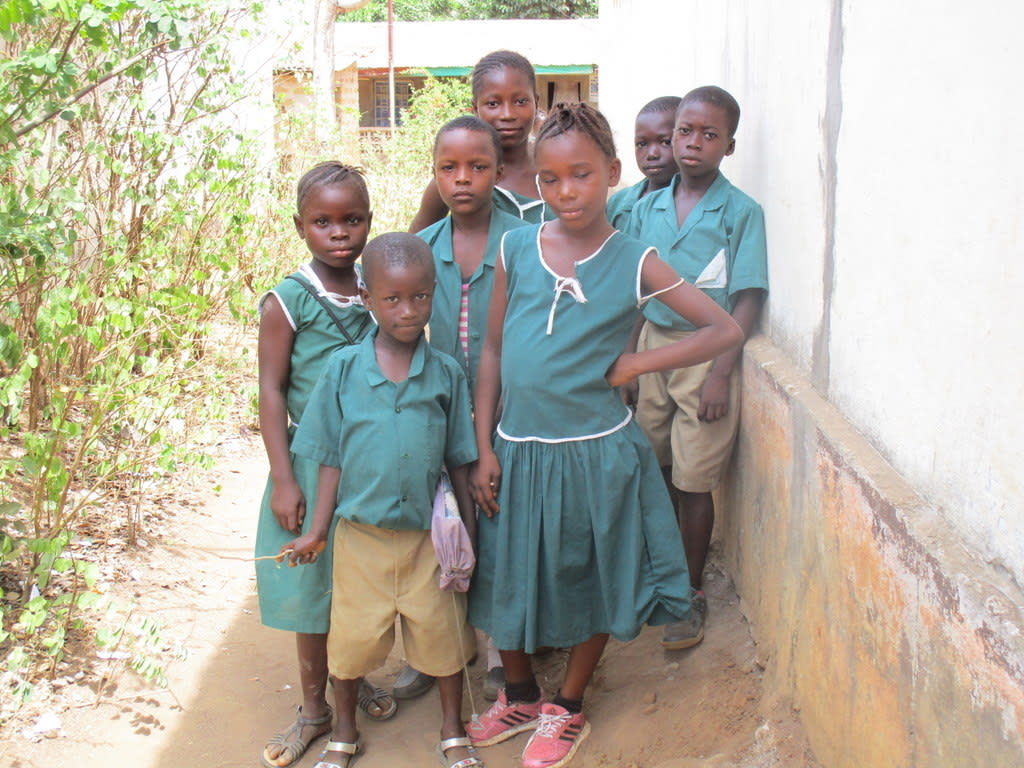When Kamasando DEC Primary School experiences water shortage, they are compelled to take their kids out in search of water because they cannot afford to go without some. There is a well on the school grounds, but it does not work all year long.
People have to queue for long hours waiting for their individual turn to collect water due to the low discharge rate throughout the year. This causes overcrowding. Some groups of people, such as school pupils and employees in the early shifts, have to give up waiting and go to their schools and workplaces.
Both the teachers and the kids miss valuable lesson time in the classes due to the problem. This results in the loss of study time and poor performance on the part of pupils in the public exams.
This well gets chlorinated quarterly and there are good controls via the water user committee on the ground. They have a pipe extension that allows people to fill their containers from the outside of the wall. That means only one person is inside of the well area at a time.
The latrines at the school are in a very good condition. The environment is enviable with all the rooms clean and floor dry. All the holes were covered with no flies and mosquitoes around. There were hand washing stations in all the rooms and all had water in them - all positive signs that the school is prepared for taking care of its well and further improving their hygiene and sanitation status.
"I was actually very impressed with this school’s sanitation in their latrine," our field officer said.
This community has undergone some urbanization as a result of migration. This means that most of its trees have been cut down to make way for new homes, and as a result, the community has lost most of its vegetation. The buildings are of varying types, but most are built of locally produced mud blocks, some with cement plastering and arranged in straight lines on opposite sides of the roads in the community.
This community can be peaceful and or noisy depending on the time of the day. When the kids are away in their various schools and other community members went to their various points of livelihood seeking, living behind their inactive relatives, the place would be peaceful and vice-versa.
What we will do:
Training
There will be hygiene and sanitation training sessions offered for three days in a row. We will teach about good and bad hygiene, penning in animals, and building good tools like handwashing stations and dish racks. Most importantly, the trainer will emphasize the importance of having and using even basic pit latrines.
Well Rehabilitation
We see that there's been a drop in this area's water table and the well is going dry. We feel it is important to convert this hand-dug well to a borehole at the bottom, thus giving this community a year-round source of safe drinking water.
We will be hand-drilling a borehole down inside this hand-dug well. The community will host our drill team for days at a time, and may also provide labor. Women will volunteer to cook rice for the team and the other community volunteers.
Once this plan is implemented, this community will have access to safe drinking water in both quality and quantity, even through the dry months.

 Protected Dug Well
Protected Dug Well









